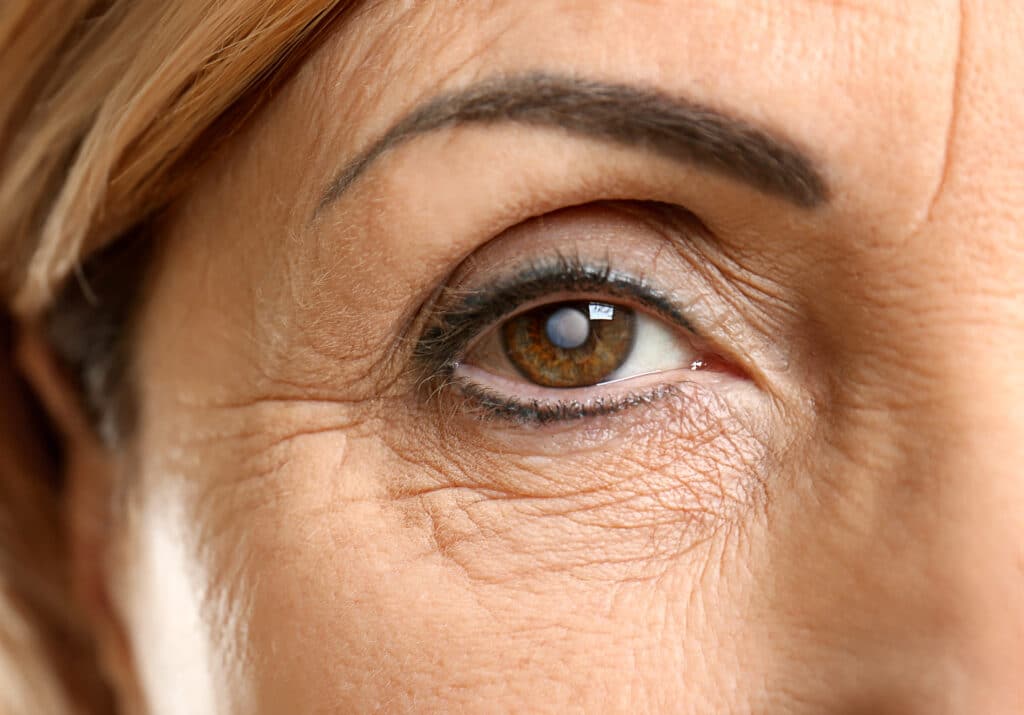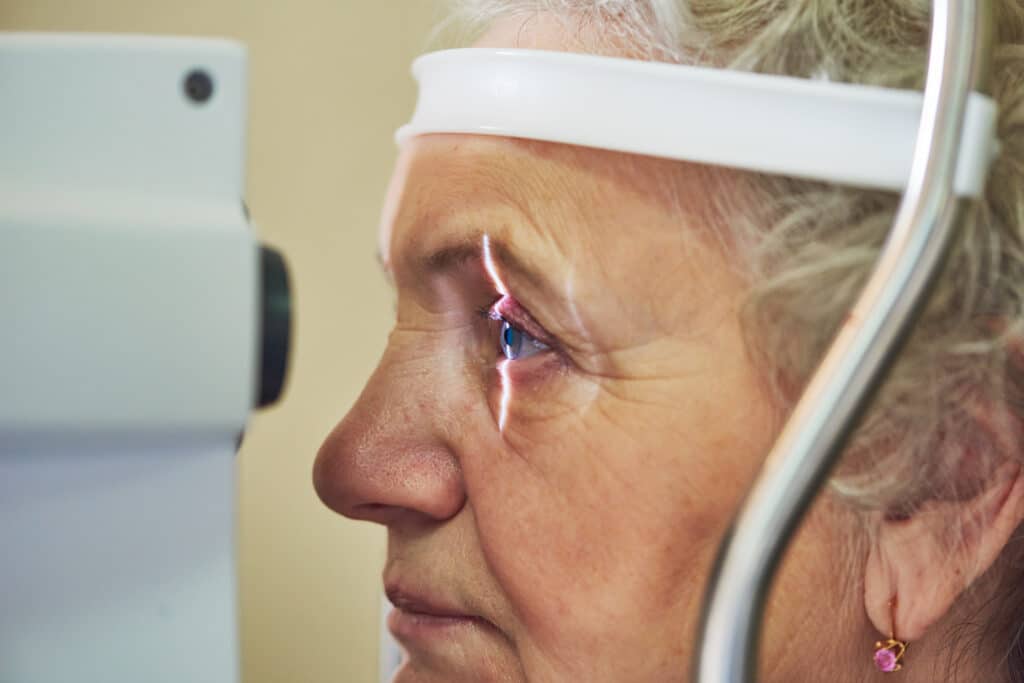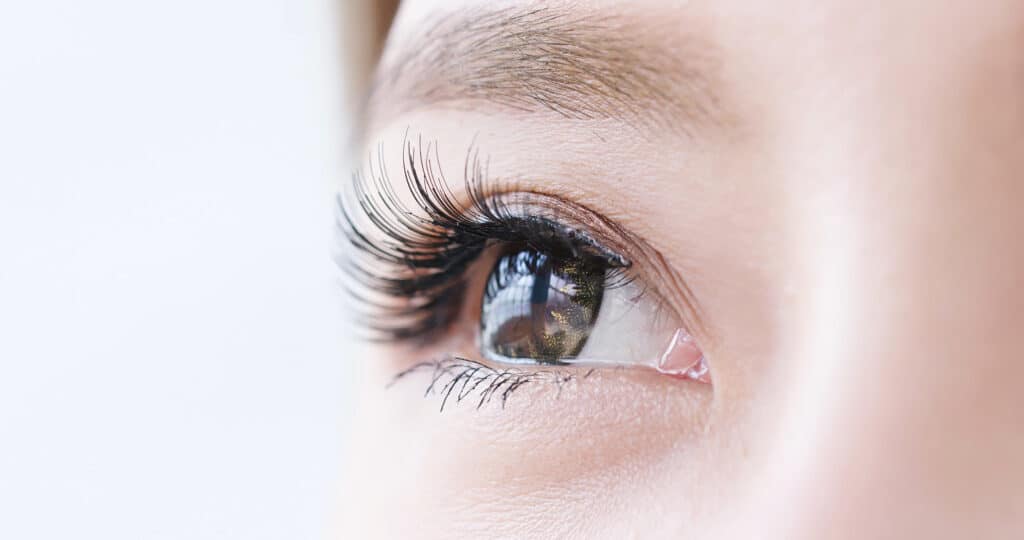What to Expect After Cataract Surgery?
January 20, 2024
If you have noticed cloudiness, glare around lights, or fading color vision? These symptoms will affect over half of all adults by the time they reach the age of 80. They are signs that your lenses, the clear structures that focus light as it enters your eyes, are becoming cloudy. This natural, age-related condition is called a cataract. Cataract surgery is a safe, effective way to restore clear vision and prevent future changes.

What Causes Cataracts?
Cataracts form when your natural lenses begin to age, although they can also occur due to trauma or other factors. Your lenses are found behind the colored part of your eyes, and they allow light to focus before it reaches the retina, the structure that captures the image. When the proteins that form your lenses start to harden and clump together with age, they cause the lens to become more opaque, letting less light through. As a result, you experience gradually worsening vision over time.
How Does Cataract Surgery Work?
Your eye surgeon performs cataract surgery while your eyes are numbed to prevent you from feeling any discomfort. They will make a small incision that allows them to access the capsule that contains your lens, then remove the lens and replace it with an artificial one. This intraocular lens (IOL) can remain in place for the rest of your life. Once the IOL has been placed, you cannot see or feel it.
Request a Consultation
The Path to Clearer Vision Starts Here
What to Expect After Cataract Surgery
Cataract surgery is generally performed on one eye at a time with about two to four weeks in between, but this may vary depending on your needs. Following your eye surgeon’s instructions will help ensure a quick recovery and optimal results.
Recovery
You may experience some blurriness and irritation for up to a few days after your procedure. Use your eye drops as instructed, as well as an eye shield at night if recommended. Recommendations will also include:
- Not touching or rubbing your eyes
- Avoiding swimming, hot tubs, and getting water in your eyes
- Limiting activities to avoid lifting or strenuous exercise
- Avoiding exposure to dusty or smoky air
These restrictions are usually lifted after two weeks, and you can return to your usual activities. You will have follow-up appointments to monitor your progress.
Results
Most people experience major vision improvements within 24 hours of their cataract surgery. Many people first notice that colors look dramatically brighter without the clouding from the cataracts. While vision improvements happen quickly, your vision will continue to adjust and stabilize for a few weeks.
Because your IOL never requires replacement, you can expect to enjoy better vision for a lifetime. As an added benefit, artificial lenses do not experience presbyopia, another age-related condition that makes it difficult to read or see other up-close details. Many people do require reading glasses to see up close after cataract surgery. Your doctor can talk to you about your options.
Take the Next Step
If you’d like to learn more about cataract surgery, schedule a consultation with our Heart of Texas Eye Care team, serving Dripping Springs, Austin, Kyle, Bee Cave, Marble Falls, and other surrounding areas. Contact us at (512) 213-2220 today!
*Individual results may vary


